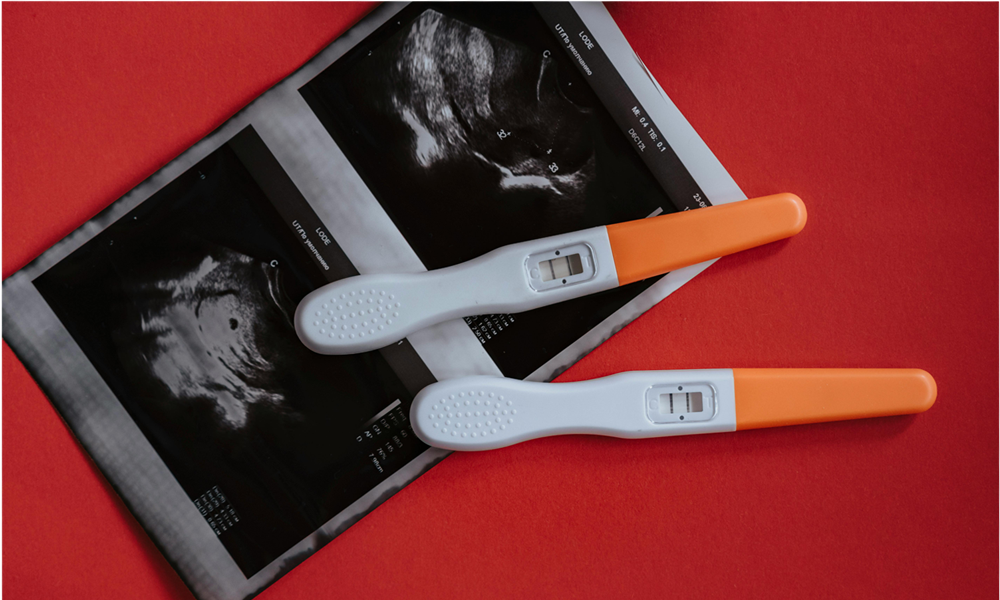Pregmate Pregnancy Test Sensitivity Explained

When it comes to finding out if you’re pregnant, accuracy and timing are everything. The Pregmate pregnancy test has gained attention for its affordability and accessibility, but one of the most common questions potential users ask is: How sensitive is the Pregmate pregnancy test? In other words, how early can it detect pregnancy, and how reliable are its results?
In this article, we will thoroughly explore the sensitivity level of Pregmate pregnancy tests, how they compare with other at-home test kits, how hCG levels affect early detection, and what you should know before relying on these popular strips. Whether you’re trying to conceive or simply want a better understanding of how early detection works, this guide is your comprehensive resource.
What Is Sensitivity in a Pregnancy Test?
Before diving into Pregmate specifically, it’s crucial to understand what “sensitivity” means in the context of a pregnancy test.
Pregnancy tests work by detecting human chorionic gonadotropin (hCG), a hormone produced after implantation occurs. The sensitivity of a test refers to the lowest concentration of hCG it can detect, measured in mIU/mL (milli-international units per milliliter).
Lower hCG threshold = Higher sensitivity
A highly sensitive test can detect pregnancy earlier
Standard sensitivity ranges: 10 mIU/mL to 50 mIU/mL
What Is the Sensitivity of the Pregmate Pregnancy Test?
The Pregmate pregnancy test strips typically detect hCG levels at 25 mIU/mL, which puts them in the standard sensitivity range for over-the-counter urine-based pregnancy tests.
✅ Summary of Pregmate Sensitivity:
Detection threshold: 25 mIU/mL
Type: Urine test strip
Accuracy: 99% when used correctly
Earliest detection: As early as 8–10 days post-ovulation (DPO) for some users, though more reliable from 12–14 DPO
What Does 25 mIU/mL Sensitivity Mean?
A test that detects hCG at 25 mIU/mL will typically return a positive result around the time of your missed period, though some people may test positive earlier depending on how quickly hCG builds in their system.
Here’s what to expect:
0–6 DPO: Too early to detect pregnancy; implantation hasn’t occurred yet.
7–10 DPO: Some early testers might receive faint positives.
11–13 DPO: Detection becomes more reliable.
14+ DPO: Most accurate and clear results.
Pregmate vs. Other Pregnancy Tests
How does Pregmate compare with other well-known brands when it comes to sensitivity?
| Brand | Sensitivity (hCG) | Detection Timing |
|---|---|---|
| Pregmate | 25 mIU/mL | Around the day of the missed period |
| First Response | 6.3 mIU/mL | 6 days before the missed period |
| Clearblue Rapid | 25 mIU/mL | Day of missed period |
| Easy@Home | 25 mIU/mL | Similar to Pregmate |
| ClinicalGuard | 25 mIU/mL | Similar to Pregmate |
Key Takeaway:
Pregmate is not the most sensitive on the market, but it is highly reliable when used after the expected period of pregnancy. It’s best for budget-conscious testing in bulk.
How Soon Can You Test With Pregmate?
While some users start testing with Pregmate around 8–10 DPO, this comes with a higher chance of false negatives due to insufficient hCG levels at that stage. For best results, wait until the day of your missed period or later.
Testing Tips:
Use first-morning urine for higher hCG concentration.
Avoid drinking excessive fluids before testing.
Consider serial testing over several days to track hCG increase.
Always read results within the 5-minute window to avoid evaporation lines.
Understanding False Positives and Negatives
Although Pregmate claims over 99% accuracy, all tests have limitations.
False Positives May Occur Due To:
Recent miscarriage or abortion
Certain fertility treatments containing hCG
Evaporation lines are mistaken for faint positives
False Negatives May Occur If:
Testing too early (before hCG reaches 25 mIU/mL)
Diluted urine samples
Improper test usage
Who Should Use Pregmate?
Pregnancy tests are ideal for:
Women actively trying to conceive (TTC)
Budget-conscious individuals who test frequently
People tracking ovulation and menstrual patterns
Users who prefer test strips over midstream tests
These strips come in bulk packs and are easy to store, making them a favorite in fertility forums and TTC communities.
Does Pregmate Offer Other Related Tests?
Yes, the Pregmate brand also offers:
Ovulation test strips (LH surge detection)
Combo packs with ovulation + pregnancy tests
Digital thermometers for basal body tracking
pH and UTI tests
Using Pregmate’s full product suite allows users to build a comprehensive fertility tracking system at an affordable price.
Accuracy Rate of Pregmate Tests
According to the manufacturer, when used properly on or after the day of your missed period, Pregmate tests deliver 99% accurate results. That accuracy drops if testing is done too early.
Real-life usage also confirms these results—many TTC users report consistent results when they wait until at least 12 DPO.
Advantages of Pregmate Pregnancy Tests
✅ Affordable: Bulk buying drastically lowers per-test cost
✅ Easy to use: Clear control and test lines
✅ Minimal packaging: Eco-conscious design
✅ Widely available: Found in stores and online
✅ Useful for early trend detection: Even if faint, a positive is usually accurate
Disadvantages to Consider
❌ Not ultra-sensitive (25 mIU/mL is average, not early)
❌ Requires a urine collection container
❌ Faint lines can be hard to interpret
❌ No digital display or “pregnant/not pregnant” simplicity
Pregmate Pregnancy Test Instructions
Collect urine in a clean, dry container.
Dip the strip up to the max line for 5 seconds.
Lay flat on a clean, dry surface.
Wait 3–5 minutes to read the result.
One line = Not pregnant
Two lines = Pregnant (even a faint second line counts)
Conclusion: Is Pregmate Sensitive Enough for Early Detection?
The Pregmate pregnancy test offers solid sensitivity at 25 mIU/mL, making it a dependable option around the time of your missed period. While it may not detect pregnancy as early as higher-end brands like First Response, Pregmate excels in cost-effectiveness, accessibility, and accuracy when used correctly.
For those testing early and often, Pregmate provides peace of mind without breaking the bank—just remember that sensitivity has limits, and testing too early can lead to emotional confusion. Understanding your cycle and how hCG builds over time is just as important as the test itself.
Frequently Asked Questions (FAQs)
Q1: What is the hCG sensitivity of the Pregmate pregnancy test?
Pregmate detects hCG at 25 mIU/mL, which is standard for most reliable at-home urine tests.
Q2: Can Pregmate detect pregnancy before a missed period?
Yes, but results are less reliable. For best accuracy, test on or after the day of your missed period.
Q3: How accurate is the Pregmate test?
When used correctly, Pregmate boasts a 99% accuracy rate, especially when testing at the right time with concentrated urine.
Q4: What’s the earliest DPO to get a positive with Pregmate?
Some users get faint positives as early as 8–10 DPO, but testing after 12 DPO is more consistent.
Q5: How does Pregmate compare to First Response?
First Response detects hCG as low as 6.3 mIU/mL, making it more sensitive than Pregmate. However, Pregmate is far more cost-effective for frequent testing.




